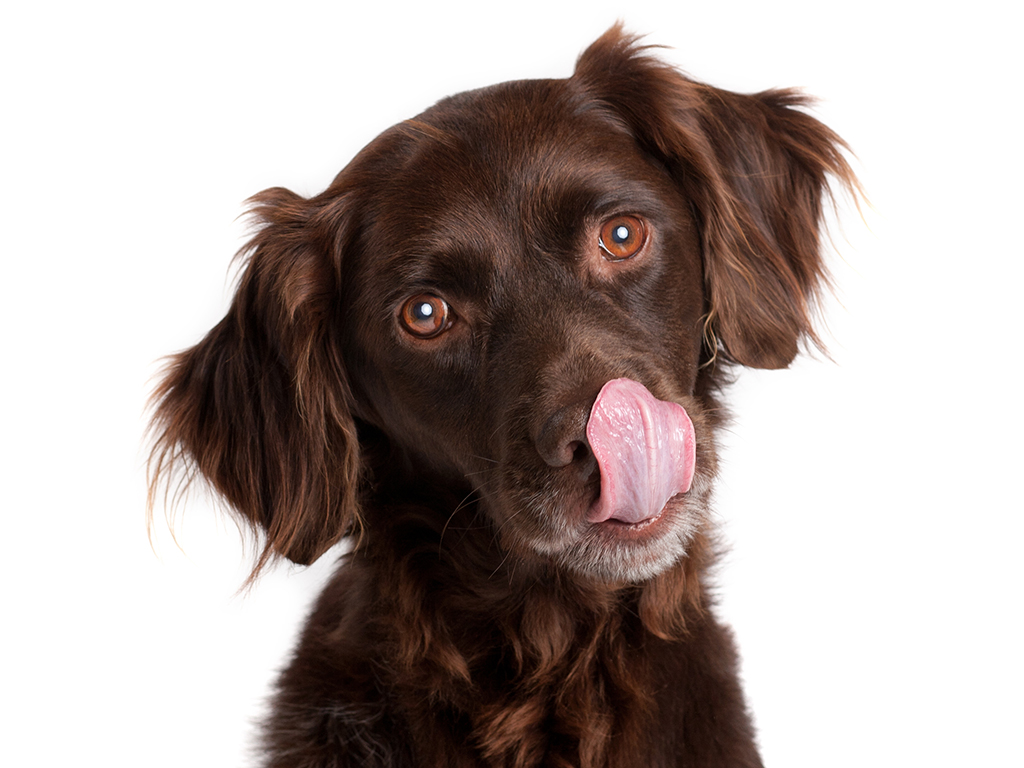They sit, lie down, roll over and do a variety of other things on command, but as it turns out, our words aren’t the only things they understand. Our beloved canines can also read our perspective, according to a new study.

WATCH BELOW: How to tell if your dog has hay fever

Published in the journal Animal Cognition, cognitive biologists from the Messerli Research Institute of the University of Veterinary Medicine, Vienna found that dogs might be able to read our mental state and apply it to correctly interpret human cues.
“The ability to interpret our behaviour and anticipate our intentions, which has obviously developed through a combination of domestication and individual experience, seems to have supported the ability to adopt our perspective,” Ludwig Huber, lead author of the study said in a statement. “It still remains unclear which cognitive mechanisms contribute to this ability. But it helps dogs to find their way in our world very well.”
In humans, it’s called “Theory of Mind,” a branch of cognitive science that examines how we interpret mental states in other people in order to anticipate and explain their actions. It’s a skill that most of us develop in early childhood, but our canine companions might be on to us.
“Theory of Mind means that an organism can infer mental states in themselves and others,” Suzanne MacDonald, associate professor of psychology and biology at York University, told Global News. “This study doesn’t actually show that dogs have Theory of Mind, but that they can successfully do geometric gaze following (perspective taking, essentially). The reason they can do this could be due to their highly developed ability to detect small behavioural cues and their experience living with humans. They might have some of the fundamentals necessary for Theory of Mind.”
READ MORE: Could having a pet reduce obesity and allergies in children?
The four-legged research subjects were put to the test in a classic game of guesser-knower using — what else? — food. Scientists hid treats in a series of containers and the dogs were expected to find the treats based on what they were reading off the humans.
In one experiment, with a screen obstructing the dogs’ view, one scientist hid the treats (the knower), while another looked away (the guesser). When the screen went down, the scientists pointed to different containers, with the knower pointing to the ones that held treats while the guesser pointed to empty ones. In 70 per cent of the cases, dogs chose the container that the knower was pointing to.
“To get the food, the dogs have to understand who knows the hiding place (knower), and who does not and can therefore only guess (guesser),” Huber said. “They must identify the informant they can rely on, if they have to decide for one food container.”
In another test, a third scientist was introduced who filled the containers with treats. The other two scientists (or “informants”) were on either side, with one watching where the treats were placed (knower) and the other looking away (guesser). Then the two informants pointed to containers and invited the dogs to locate the treats. Once again, 70 per cent of the dogs were successful in choosing the tastier container.
“This means that the tested dogs, in order to get the food, had to judge who is the knower by adopting the informants’ perspectives and following their gazes,” Huber explained.
READ MORE: RCMP ask for help naming future police dogs with 2017 ‘Name the Puppy’ contest
In other words, your dog can find food even without having to rely exclusively on their mighty sense of smell. But before you think that hiding treats in Fido’s absence will stop him from getting the tasty reward he craves, think again: it turns out he knows how to manipulate you.
“Dogs can certainly choose between two people on the basis of whether they have access to information about food,” MacDonald said. “They’re really good at relying on us as food sources, and learn to discriminate very subtle cues from us in order to find food.”
A study conducted at the University of Zurich in Switzerland found that dogs will use deceptive tactics to get their paws on something delicious. When paired with a generous partner who always gave them treats and another partner who withheld treats, dogs were presented with three boxes (one empty, one with a dry biscuit, one with a sausage) and told to lead their partners to one of the boxes.
Before long, the pooches deduced that there was no point in leading the withholding partner to a box containing food, so they were led to the empty boxes while the generous partners were led to the box holding a sausage. Basically, not only did they take the more co-operative partner to the box that would result in getting a treat, but they specifically selected the tastier option.
“They showed an impressive flexibility in behaviour,” Marianne Heberlein, lead author said to New Scientist. “They’re not just sticking to a strict rule, but thinking about what different options they have.”
So, don’t be surprised if your dog distracts you with a bark only to steal your sandwich when you aren’t looking. It’s OK, though, he probably deserves it.




Comments